From development land, residential land to townhomes whatever you are looking for RPM has the ideal location for you.
From development land, residential land to townhomes whatever you are looking for RPM has the ideal location for you.

Development Land
Specialists in sourcing and selling development land for commercial and residential projects. Explore current and past opportunities.
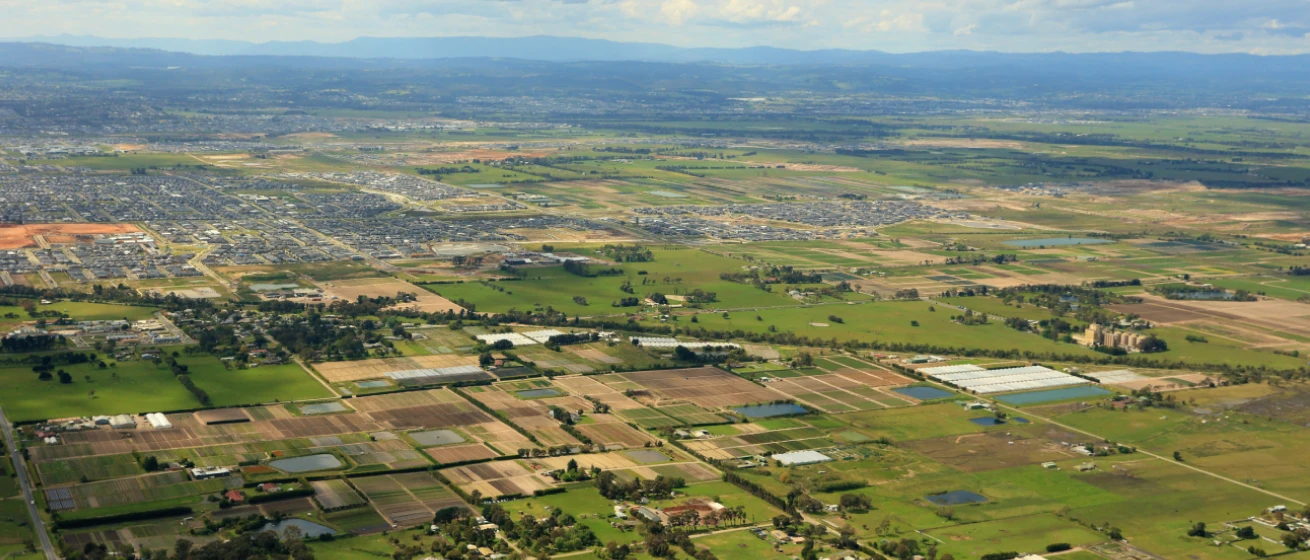
Residential Land
Across Australia’s East coast RPM has the ideal land to suit your lifestyle and dream home, explore the projects RPM is proud to be partners in selling.
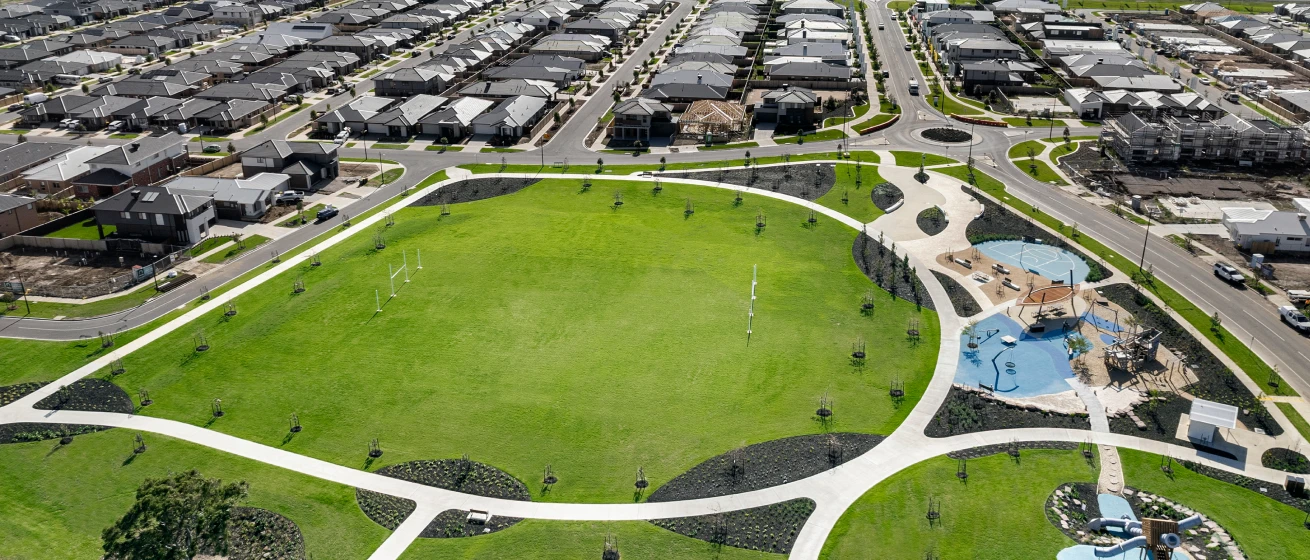
Townhomes
With townhouses to suit every lifestyle and budget, find your perfect home today.
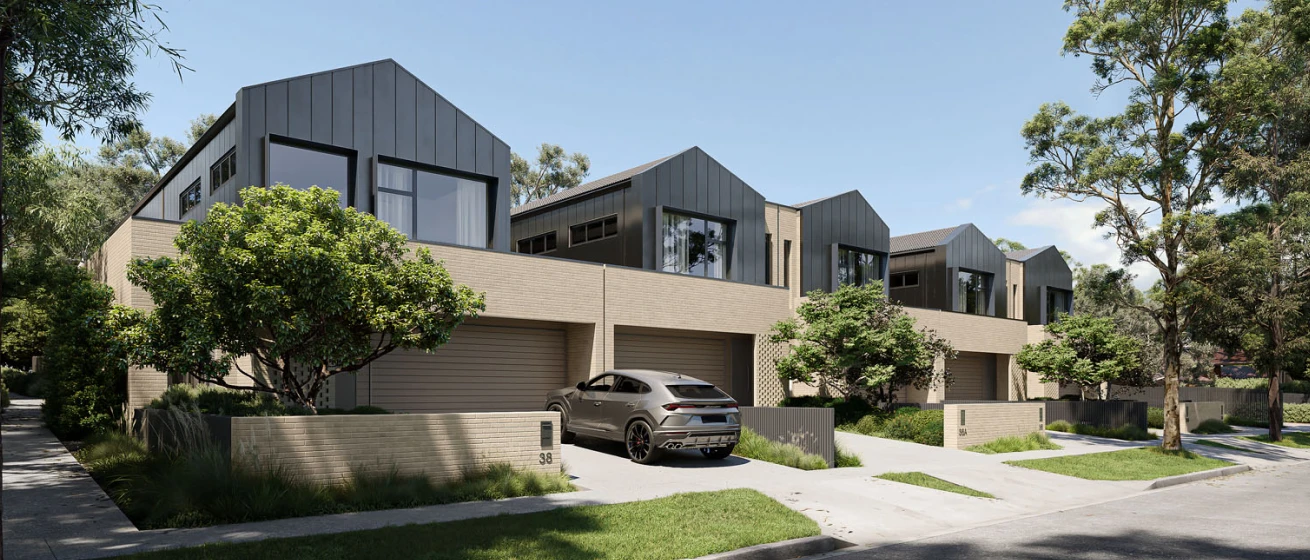
Apartments
Inner city & coastal new apartment projects. Explore our projects to find your perfect location and style of living.

RPM offer a comprehensive suite of professional services at every stage of your property journey.
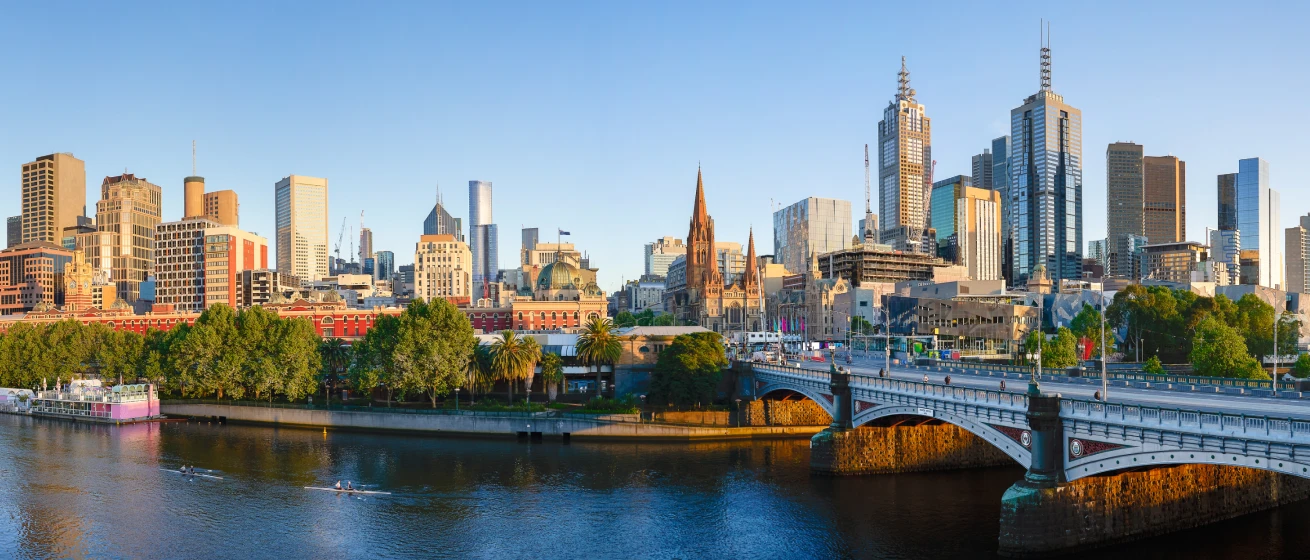
RPM offer a comprehensive suite of professional services at every stage of your property journey.
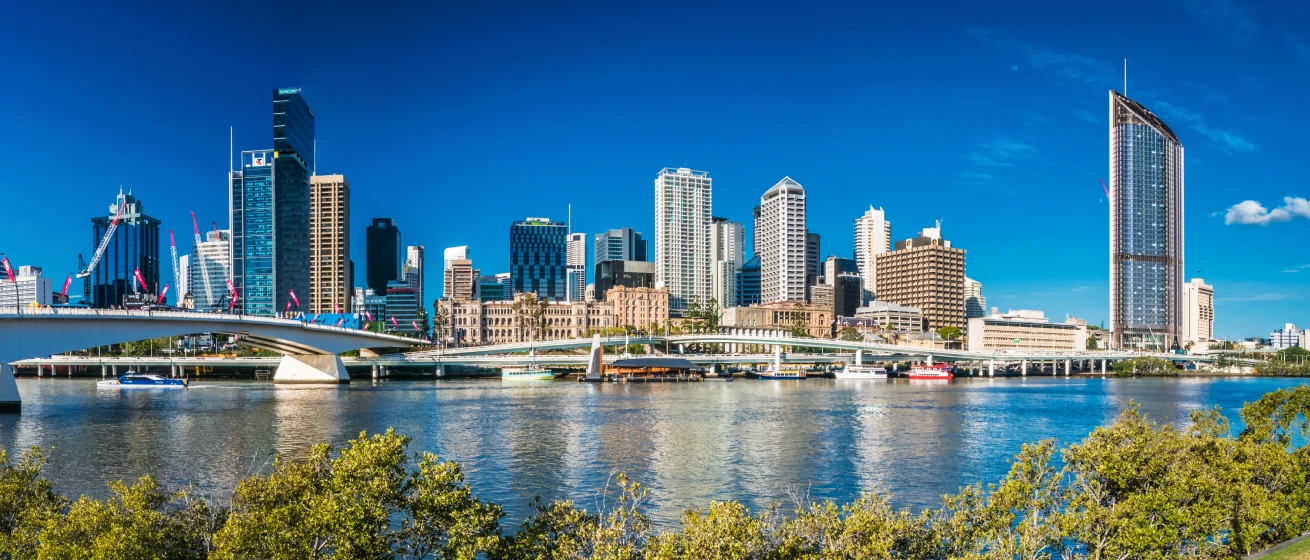
Pioneering new benchmarks in property intelligence, know-how, and data-driven insights, read the RPM Group's story.
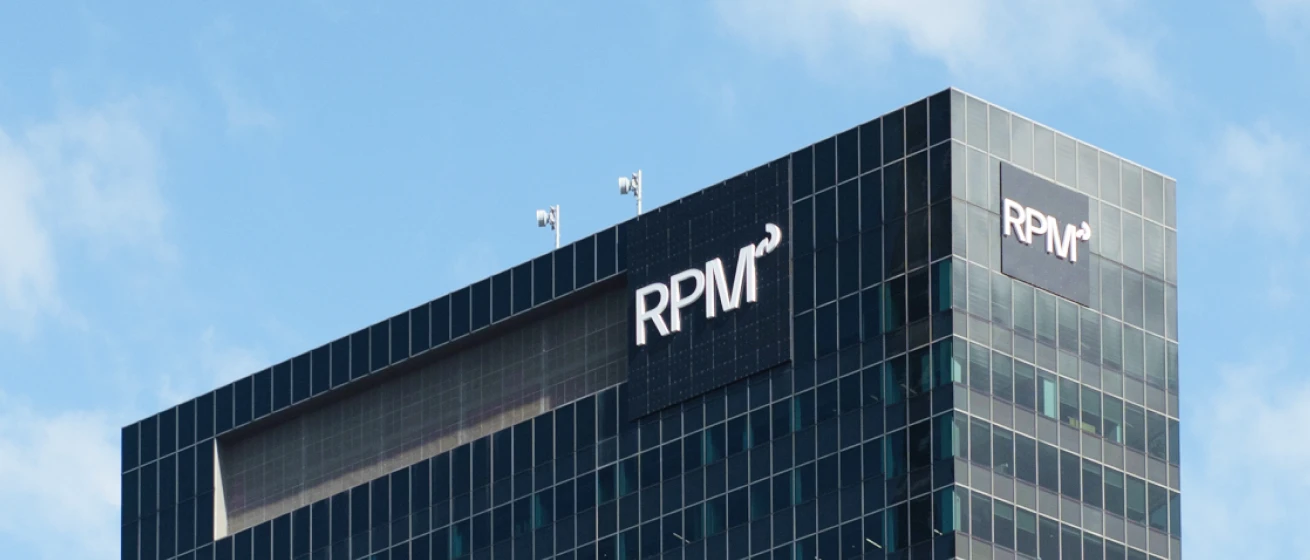
Our Story
Since 1994, RPM has grown to become the industry-leader with an expanding national presence; offering a comprehensive suite of services

Our Team
The heart of our business are the people who make it thrive. Discover the passion and dedication of our national team.

Careers
Our team of property experts is truly unparalleled. See how you can join this exceptional group and shape your future with us.

29.01.2024

Meeting Plan Melbourne’s 70% target for future dwelling supply from infill areas hinges on increased construction of townhomes and apartments. However, the viability of higher-density housing faces several challenges, including investor participation, undersupply, and elevated costs.
As previously mentioned, investor activity is vital to boosting supply in the tight rental market, especially in the build-to-sell sector. Yet, since the mid- to late-2010s investors have faced cumulative tax increases and additional costs which have reduced their participation; which, in turn, is contributing to the undersupply of rental products.
This undersupply has intensified since the reopening of international borders. The population surge, driven by an influx of international students and pandemic-induced changes in household formation, has resulted in historically low vacancy rates and increased rents*.
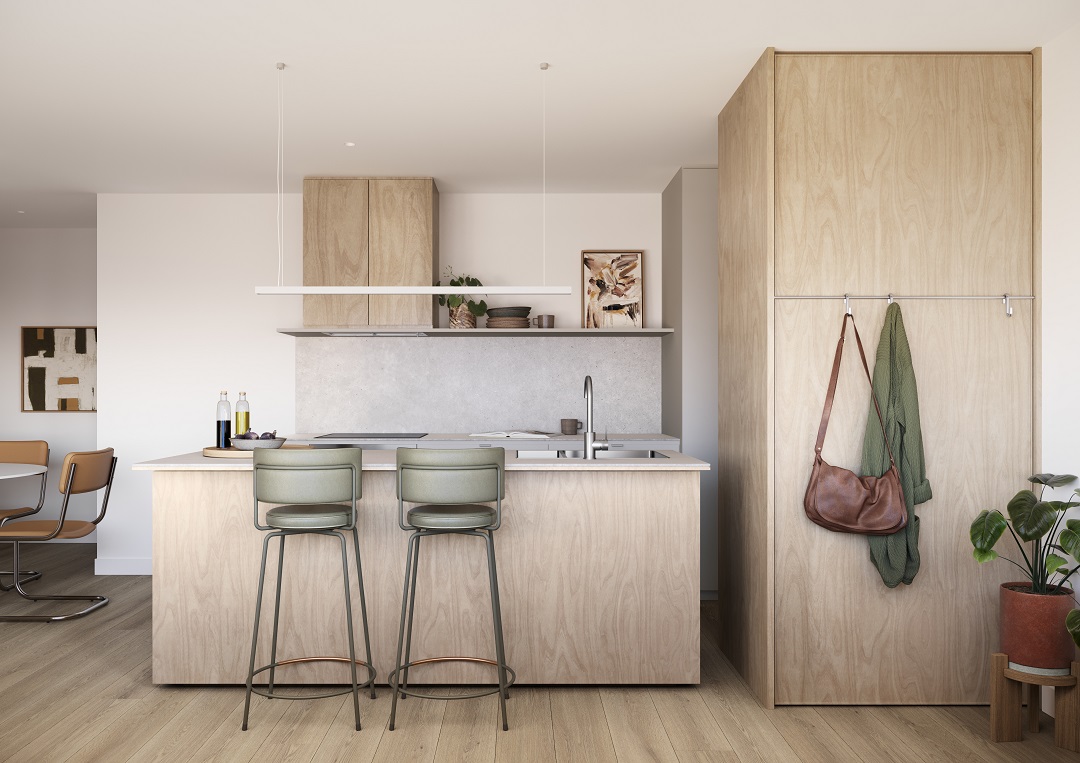
Elevated (albeit stabilising) construction and funding costs are exacerbating the current situation.
Ongoing affordability constraints are supporting the expression of demand and sale with more affordable (higher density) products.
Despite these challenges, the build-to-rent sector presents a glimmer of home by providing much-needed support for new dwelling supply. However, it should be noted that initially, this supply will play a complementary role rather than serving as a standalone solution to the market’s undersupply issues.
This article references findings from our Q3 2023 Residential Market and Economic Review.
* Metropolitan Melbourne recorded a 2.5% vacancy rate as at October 2023 – REIV. Apartment rents recorded 16% growth through the 12 months to October 2023 – REIV.
You can see how this popup was set up in our step-by-step guide: https://wppopupmaker.com/guides/auto-opening-announcement-popups/
